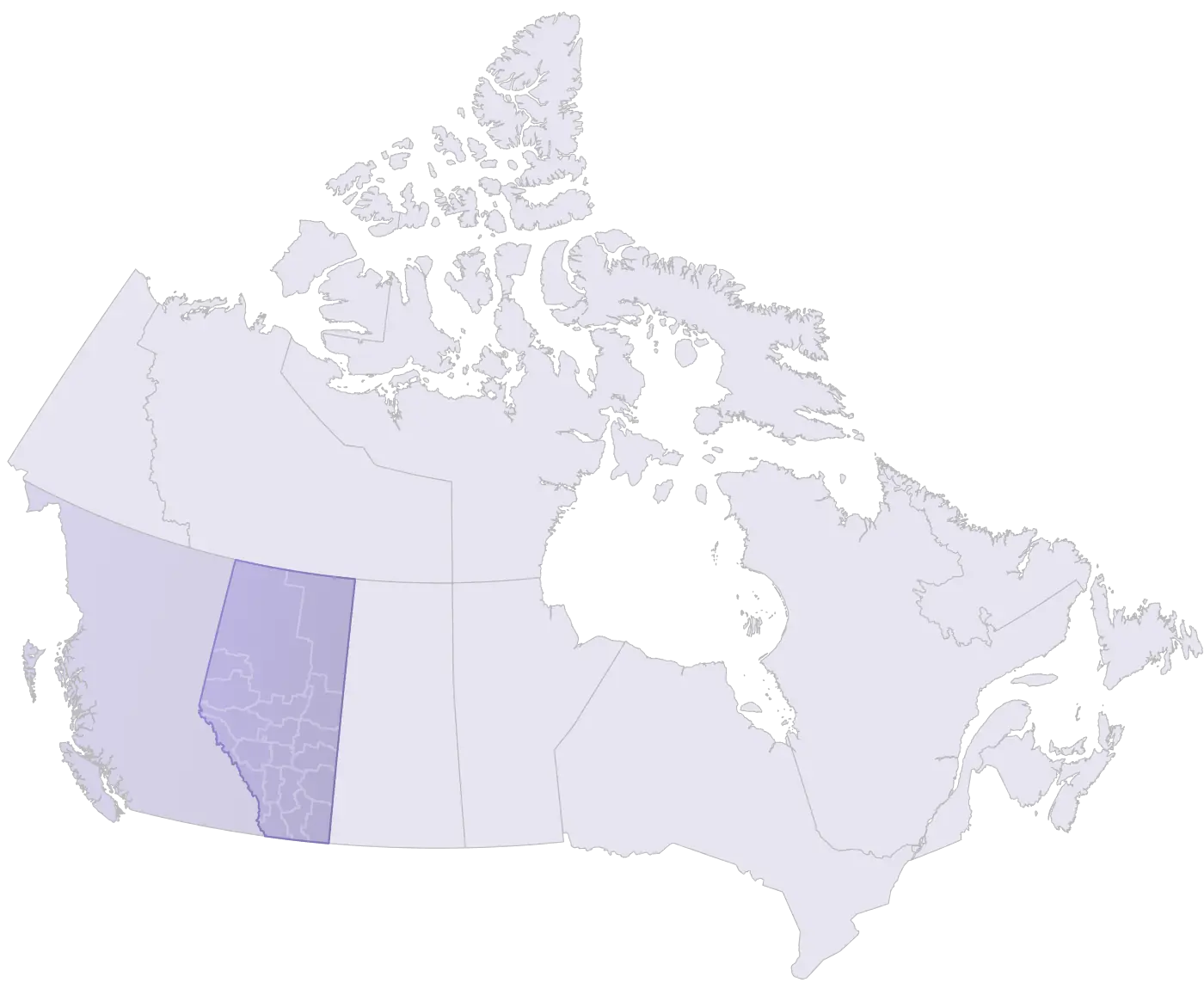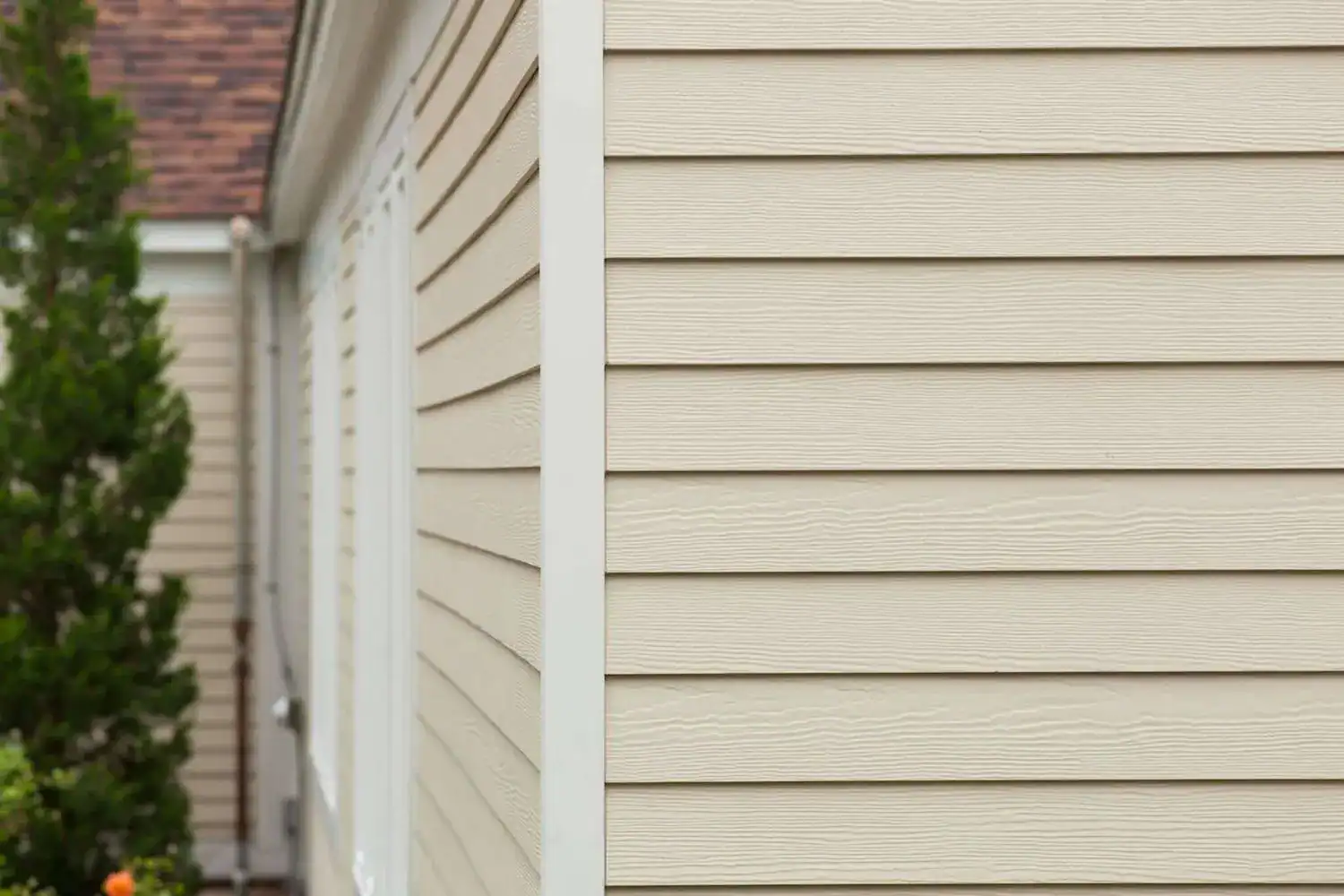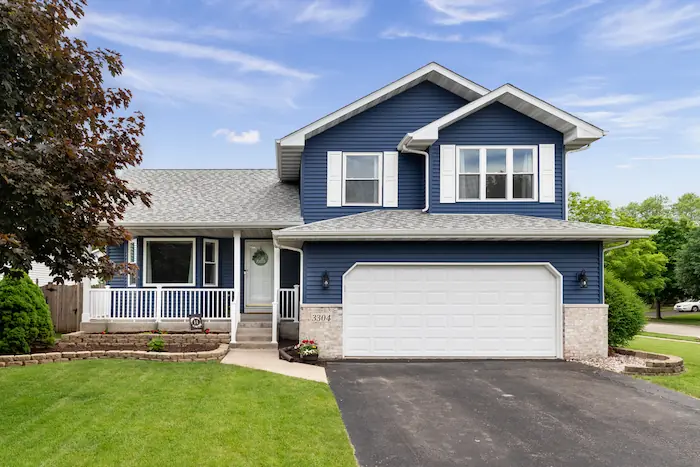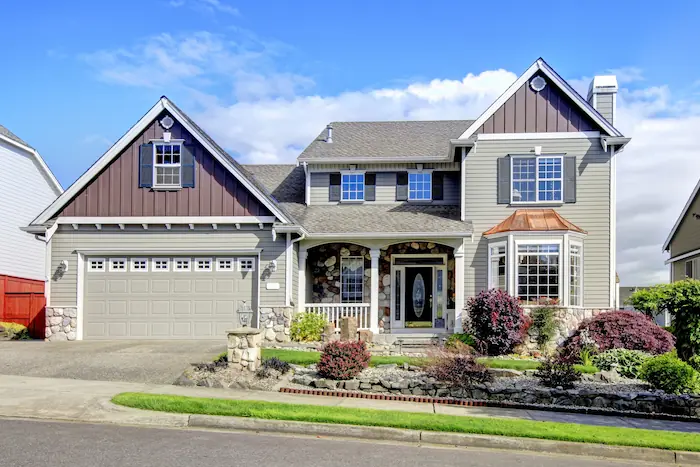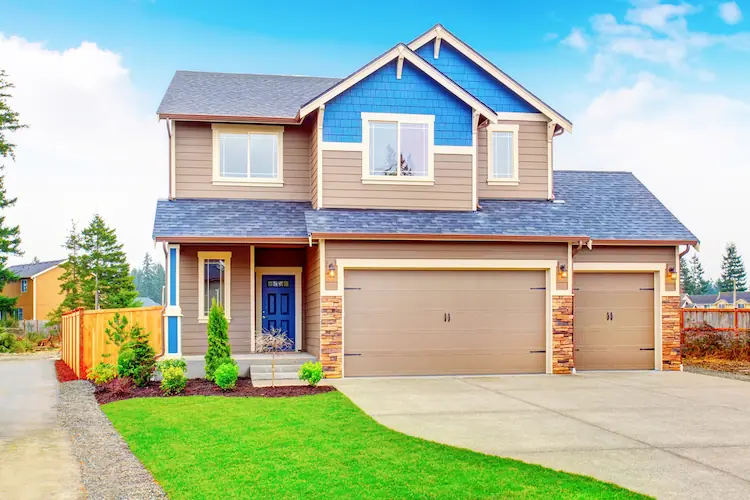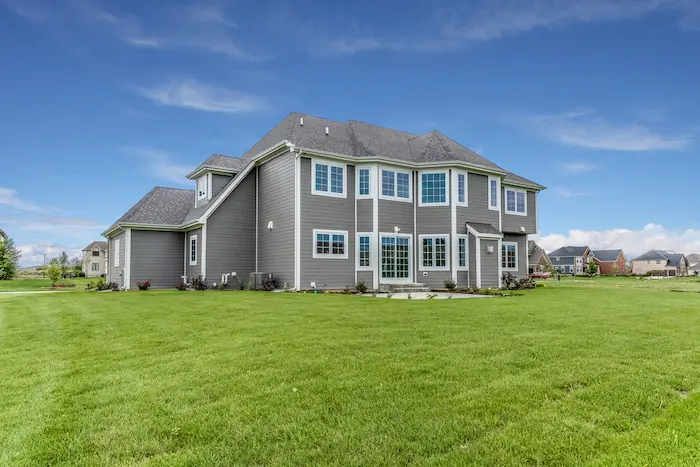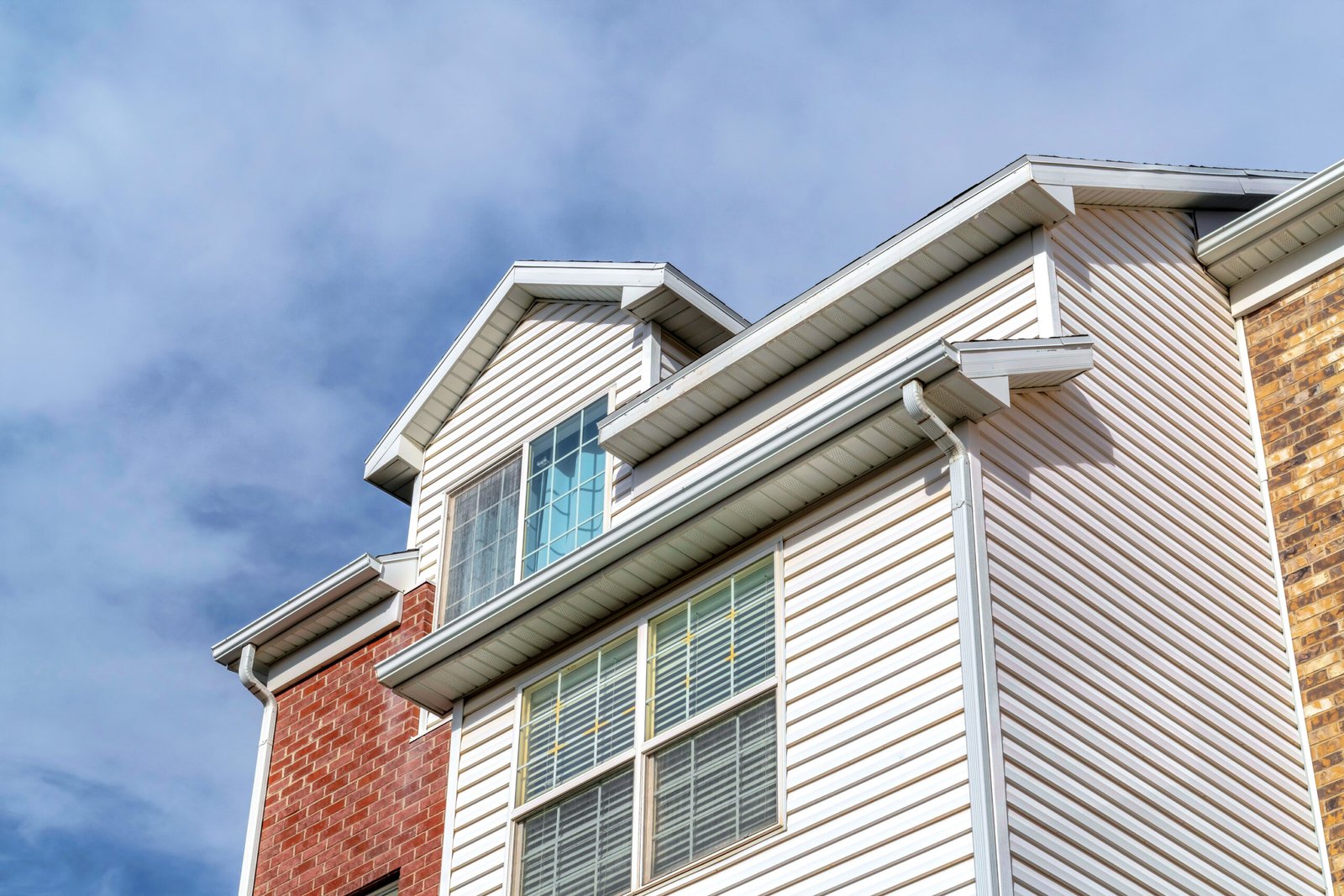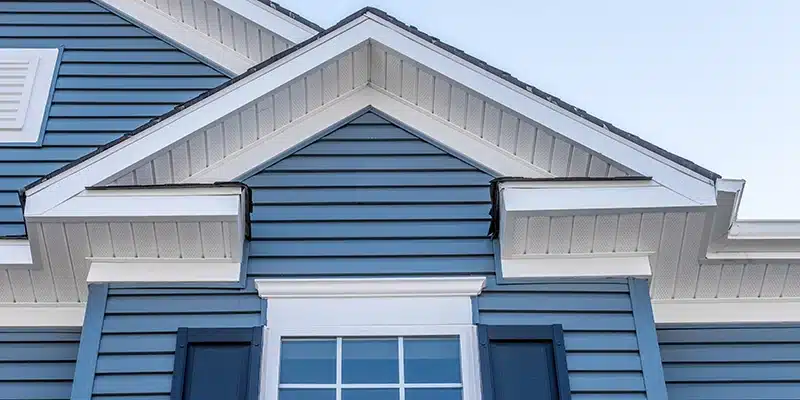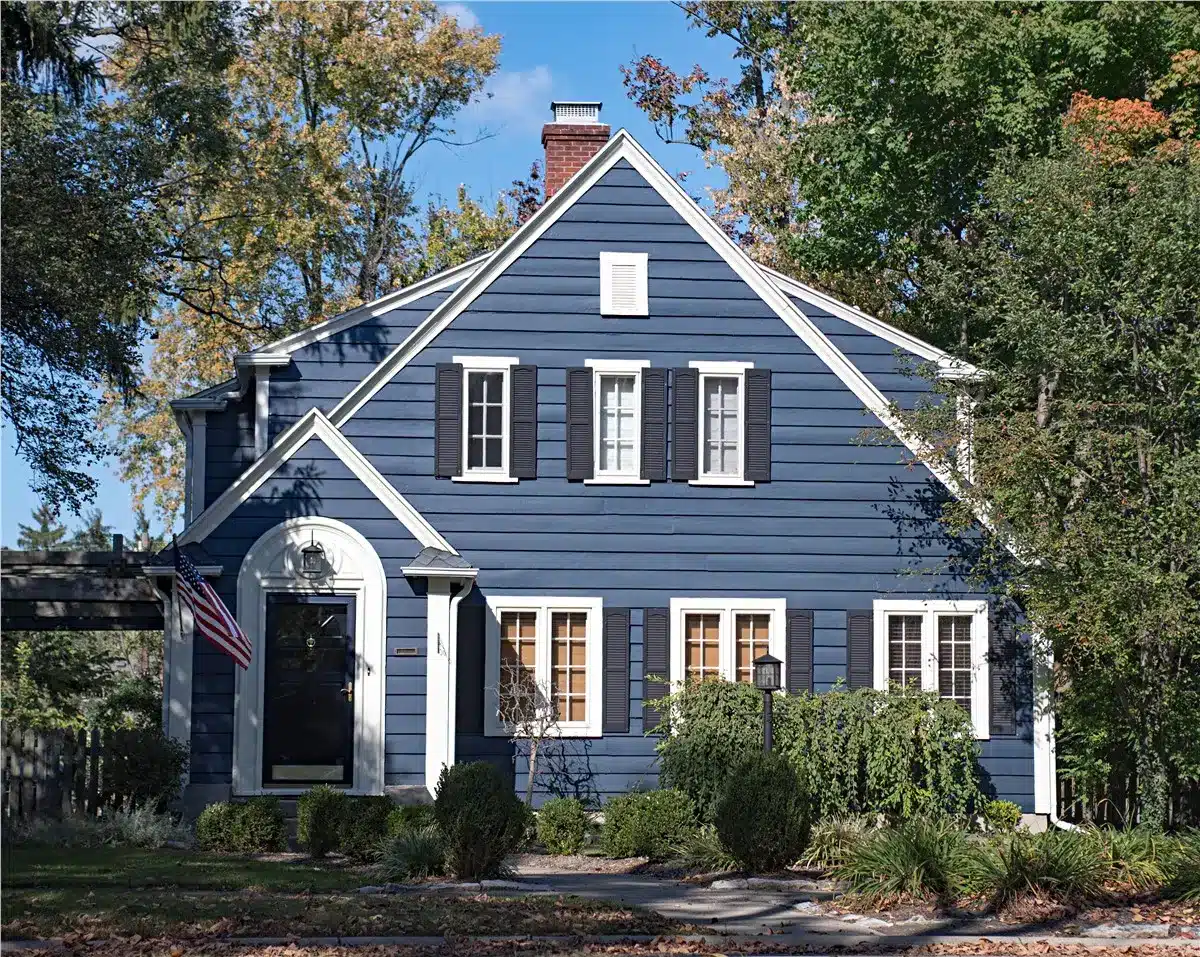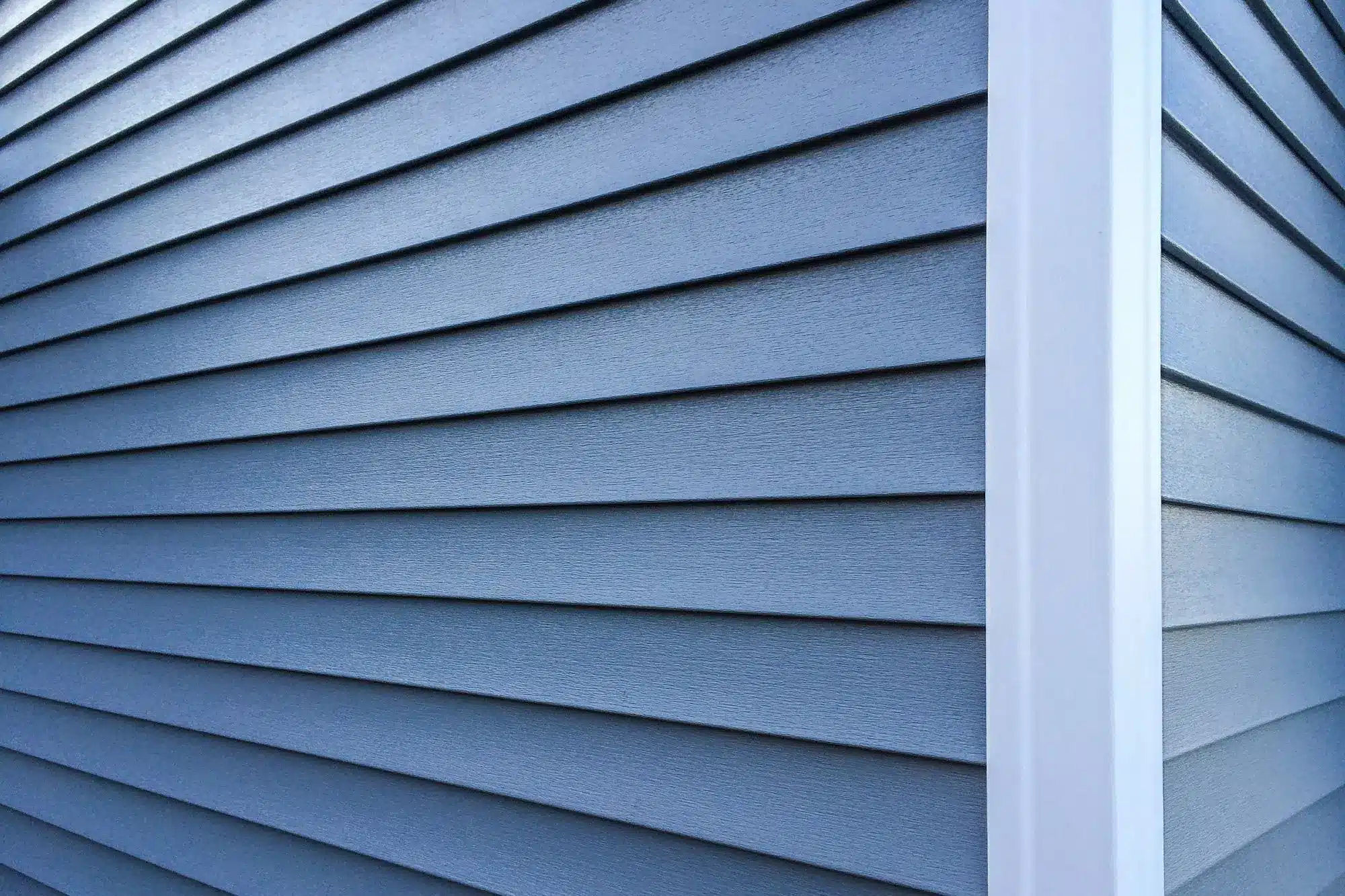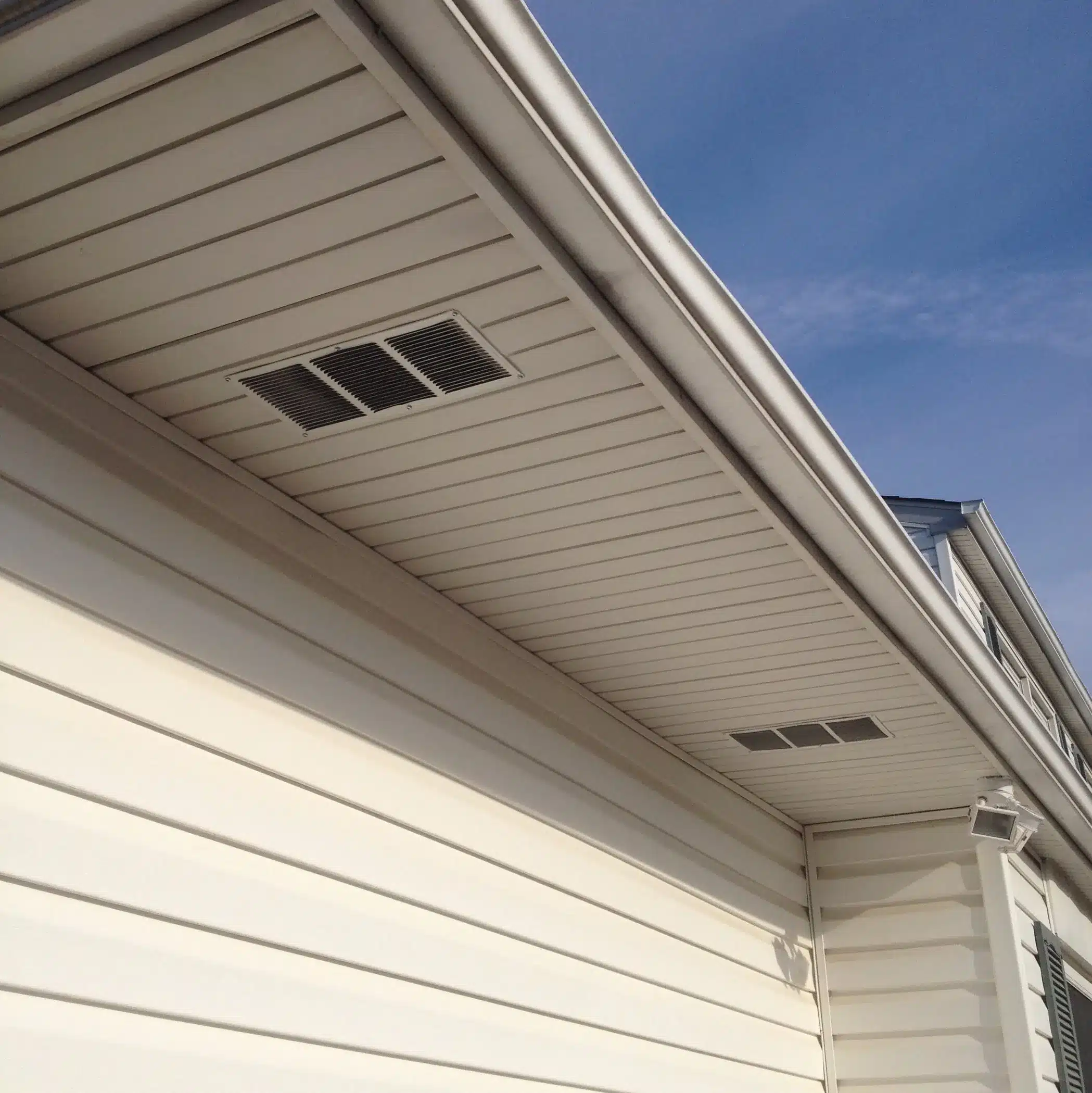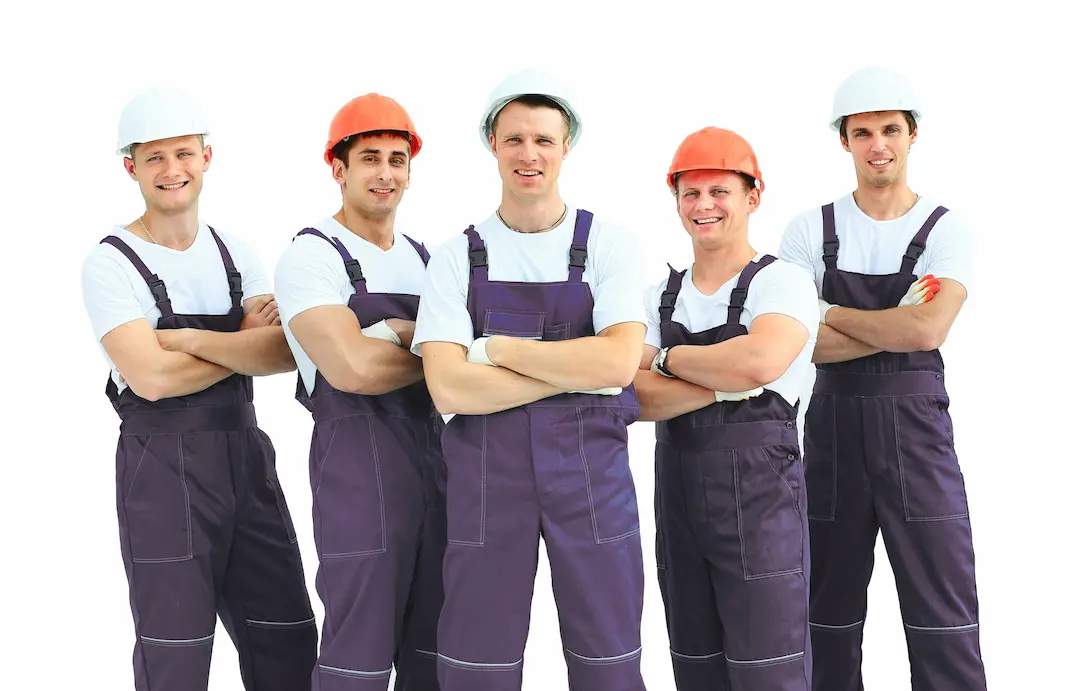

Vinyl Siding Installation for Houses
House vinyl siding has revolutionized the Canadian construction industry with its blend of affordability and adaptability. In Canada, siding must withstand extreme temperature variations, from scorching summers to bitter winters, and today’s premium materials deliver this durability while maintaining their appearance. When you choose this type of cladding, you’re selecting a material engineered specifically for our climate. Whether you’re considering vertical profiles for a unique architectural statement or quality products for lasting performance, siding prices in Canada remain competitive for any budget.
The Benefits of Vinyl Siding

Weather-Resistance:
This material withstands Alberta's temperature swings from -40°C to +30°C without warping

Cost Efficiency:
Premium products deliver professional results at 40-60% less than traditional materials

Impact Protection:
Modern plank designs resist dents and impacts from hail up to 1 inch in diameter

Low Maintenance:
Unlike wood, siding never needs painting or sealing—just occasional cleaning

Environmental Adaptation:
This material expands and contracts with temperature changes without losing integrity

Insulation Value:
Options with foam backing add R-2 to R-4 to your wall system

Moisture Management:
Engineered drainage planes prevent water infiltration while allowing walls to breathe

Installation Flexibility:
Install siding in any season, with specialized techniques for different weather conditions

Sound Dampening:
Insulated options reduce exterior noise transmission by up to 45%

Design Versatility:
Vertical installation creates distinctive looks while maintaining performance

Color Retention:
UV-resistant compounds prevent fading, even under intense Alberta sun exposure

Wind Resistance:
When installed properly, it withstands wind speeds up to 110 mph

Types of Vinyl Siding Styles
Vinyl house siding comes in many different varieties, which are almost the same as for other types of siding. The following styles can be selected to renovate the facade with vinyl:
-
Traditional Lap Profile
The most popular style features 4-inch to 8-inch exposures that shed water effectively. The panels include specialized weep holes and lock together with a positive engagement of at least 1/2 inch. This classic design allows for proper expansion while maintaining a tight seal against wind and rain. Proper installation around windows ensures effective water management.
Dutch Lap DesignA distinctive style where each panel has a horizontal groove that creates enhanced shadow lines. The specialized angle helps channel water away from the wall while creating visual interest. The panels come in 6-inch and 8-inch exposures, with reinforced nail flanges every 8 inches for superior wind resistance.
Board and battenVertical designs bring architectural interest with alternating wide and narrow panels. The battens overlap the main boards by 1 inch on each side, creating defined shadows while ensuring weather protection. Vertical J-channels maintain the pattern’s visual flow.
Shake and Shingle ProfilesThese panels replicate hand-split cedar with depths up to 3/4 inch for authentic shadows. Quality options in this style feature multiple unique shake patterns across each panel to avoid repetition. The bottom edges include drainage channels for optimal water management.
Beaded Seam StyleA sophisticated design featuring a rounded bead at each panel overlap, creating distinct horizontal shadow lines. Installing this style requires precise spacing to maintain the pattern’s rhythm.
Architectural SeriesPremium panels with extra-wide exposures up to 12 inches create bold horizontal lines. These advanced designs include reinforced nail hems and specialized lock systems. Proper planning ensures expansion gaps are maintained around windows and other features.
Many homeowners mix different profiles to create unique looks—like using shake panels in the gables while keeping lap siding on the main walls, or adding board and batten sections for visual interest. Each style is engineered for Alberta winters, and we’ll help you choose the right combination for your home’s architecture and maintenance preferences.
Colors
Today’s siding comes in an impressive range of colors designed to suit any architectural style. From timeless neutrals like Sandstone Beige and Harbor Gray to bold statements in Midnight Blue or Rich Espresso, premium products maintain their vibrancy through Alberta’s harsh weather. Choose from low-gloss or matte finishes that resist fading and never need painting. Our ColorHold® UV-resistant technology ensures your home’s exterior stays fresh and vibrant for decades, backed by industry-leading color fade protection.
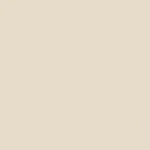





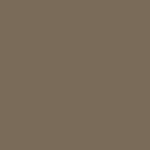


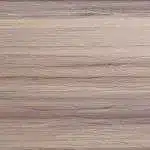

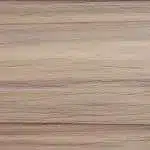

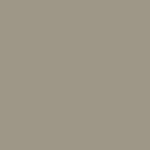





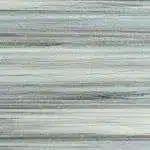

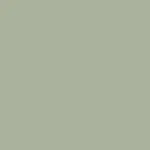
Amande


Autumn harvest


Azure blue


Boulder gray


Brick


Cabot blue


Cabot brown


Cabot red


Charcoal


Cherry


Cobalt


Cypress


Davinci Nordic Blue


Dusk


Evergreen


Heritage gray


Ivory


Mocha


Sunshine yellow


Weathered wood


White


Willow green


Costs of Vinyl Siding: What to Expect
Understanding costs helps you plan your exterior renovation effectively. While this material offers one of the most cost-effective cladding solutions, several factors influence the final project cost:
-

Material Selection
iDifferent grades and styles affect base pricing, with standard panels starting at $4.50 per square foot.
-

Project Scale
iLarger installations often qualify for bulk pricing, reducing per-square-foot costs.
-

Site Preparation
iExisting siding removal and wall repairs can add $2-3 per square foot to total costs.
Start at 7.50$
-

Professional Installation
iExpert services typically range from $3-5 per square foot, depending on complexity.
-

Design Features
iArchitectural elements like multiple stories, bay windows, and decorative trim work require additional materials and labor.
-

Additional Components
iCosts include necessary materials like moisture barriers, insulation boards, J-channels, and finishing trim to ensure proper installation and long-term performance.
Upgrading your home’s exterior with vinyl siding is a smart, cost-effective choice. On average, vinyl siding costs between $7.50 and $10 per square foot, making it one of the most budget-friendly options available. For a 2,000 sq. ft. home, you can expect the total cost to range from $15,000 to $20,000, depending on the specifics of your project.
The process of siding installation
-
 Site Assessment and Preparation
Site Assessment and PreparationProper preparation is crucial. The team removes existing cladding, repairs sheathing, and ensures walls are plumb. This step ensures a clean, solid substrate for optimal performance.
Read more -
 Moisture Barrier and Flashing
Moisture Barrier and FlashingInstallation begins with a properly lapped moisture barrier. Special attention goes to areas around windows, where flashing prevents water infiltration.
Read more -
 Trim and Starter Strip Installation
Trim and Starter Strip InstallationStarter strips must be perfectly level, as they determine the alignment of all subsequent rows. Corner posts, J-channels, and window trim must allow for thermal movement while maintaining weather protection.
Read more -
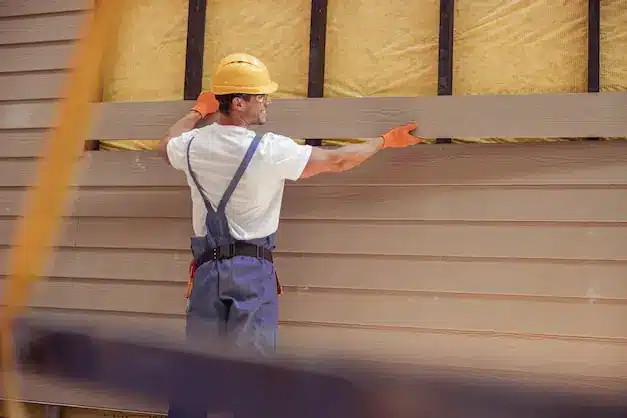 Panel Installation
Panel InstallationPanels are installed from bottom to top, maintaining proper overlaps and expansion gaps. Each panel locks firmly into the previous one while allowing thermal expansion.
Read more -
 Detail Work and Inspection
Detail Work and InspectionFinal steps include installing soffit, fascia, and any decorative elements. Quality control ensures proper panel engagement, straight lines, and secure fastening at every point.
Read more

A Company You Can Trust
At Family Siding, we are more than just installers; we are your all-in-one exterior solution.
Family Siding is ready to bring your vision to life. With our team of professional exterior renovation experts and hundreds of siding and cladding options that will fit your design aesthetic, your experience with Family Siding will be smooth and stress-free from start to finish. Dive in and see why many in Wild Rose Country put their trust in our team for all of their exterior needs.
Contact us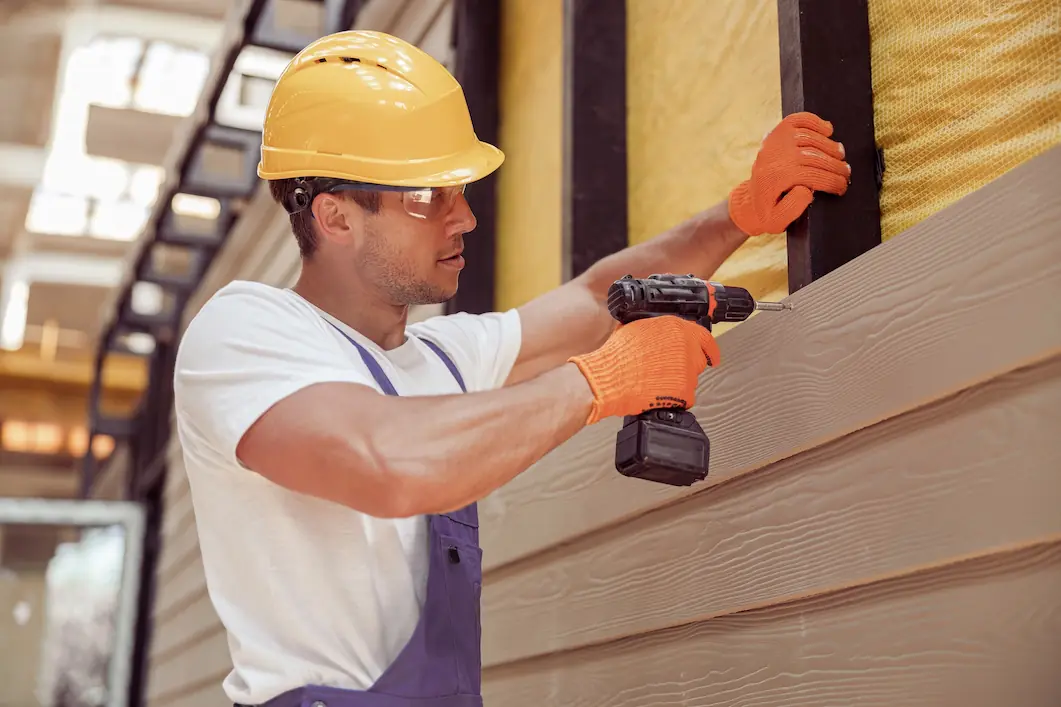
Ready for a complimentary assessment or inspection?
FAQ
-

What makes vinyl siding a popular choice for homeowners?
It’s a versatile and affordable exterior cladding option known for its durability and low maintenance. It resists rotting, warping, and insect damage, making it ideal for long-term protection. Additionally, with a wide range of colors, textures, and profiles, it offers homeowners endless possibilities to enhance curb appeal while staying within budget. -

How long does vinyl siding last?
With proper care, it can last 30 to 50 years or more. High-quality products are engineered to withstand extreme weather conditions, from freezing winters to scorching summers, ensuring longevity and minimal upkeep. -

Is vinyl siding energy-efficient?
Yes, insulated options help improve a home’s energy efficiency. By reducing heat transfer through walls, they help maintain comfortable indoor temperatures year-round. Energy-efficient siding can also contribute to lower heating and cooling costs, making it an eco-friendly and cost-effective option. -

Can vinyl siding be installed over existing siding?
In most cases, yes, as long as the original material is in good condition. This approach minimizes labor costs and time while giving your home a fresh, updated look. Always consult a professional to ensure the structure is suitable for an overlay installation. -

How does vinyl siding hold up in extreme weather?
It’s designed to endure tough conditions, including high winds, heavy rain, and UV exposure. Premium options come with weather-resistant coatings to prevent fading and cracking, ensuring your home stays protected and looking its best, even in harsh climates. -

What are the style options available with vinyl siding?
Styles include traditional lap, Dutch lap, board and batten, and shake and shingle profiles. It can mimic the look of natural wood while offering superior durability with far less maintenance. With a broad selection of textures and finishes, you can customize your home’s exterior to fit your vision. -

Is vinyl siding an environmentally sustainable choice?
It’s considered sustainable due to its long lifespan and recyclability. Many manufacturers produce eco-friendly versions using recycled materials, reducing waste. Its ability to improve energy efficiency also contributes to a lower carbon footprint for homeowners. -

Does vinyl siding require a lot of maintenance?
One of its biggest advantages is its low-maintenance nature. A simple wash with a garden hose or pressure washer once or twice a year is typically all it takes to keep it looking new. Unlike wood, it doesn’t require painting or staining, saving you time and money on upkeep.
Thank you!We'll get back to you within 60 minutes
Our technical team consists of experienced flooring installers. Plus, you will have a dedicated Project Manager overlooking the process.
Order a callbackWe'll get back to you within 60 minutes
-
 James Hardie
James Hardie Vinyl
Vinyl Cedar
Cedar AL13 covering
AL13 covering Aluminum
Aluminum Metal
Metal Engineered Wood
Engineered Wood Lux Panel
Lux Panel Longboard
Longboard Easy Trim Quick Panel system
Easy Trim Quick Panel system